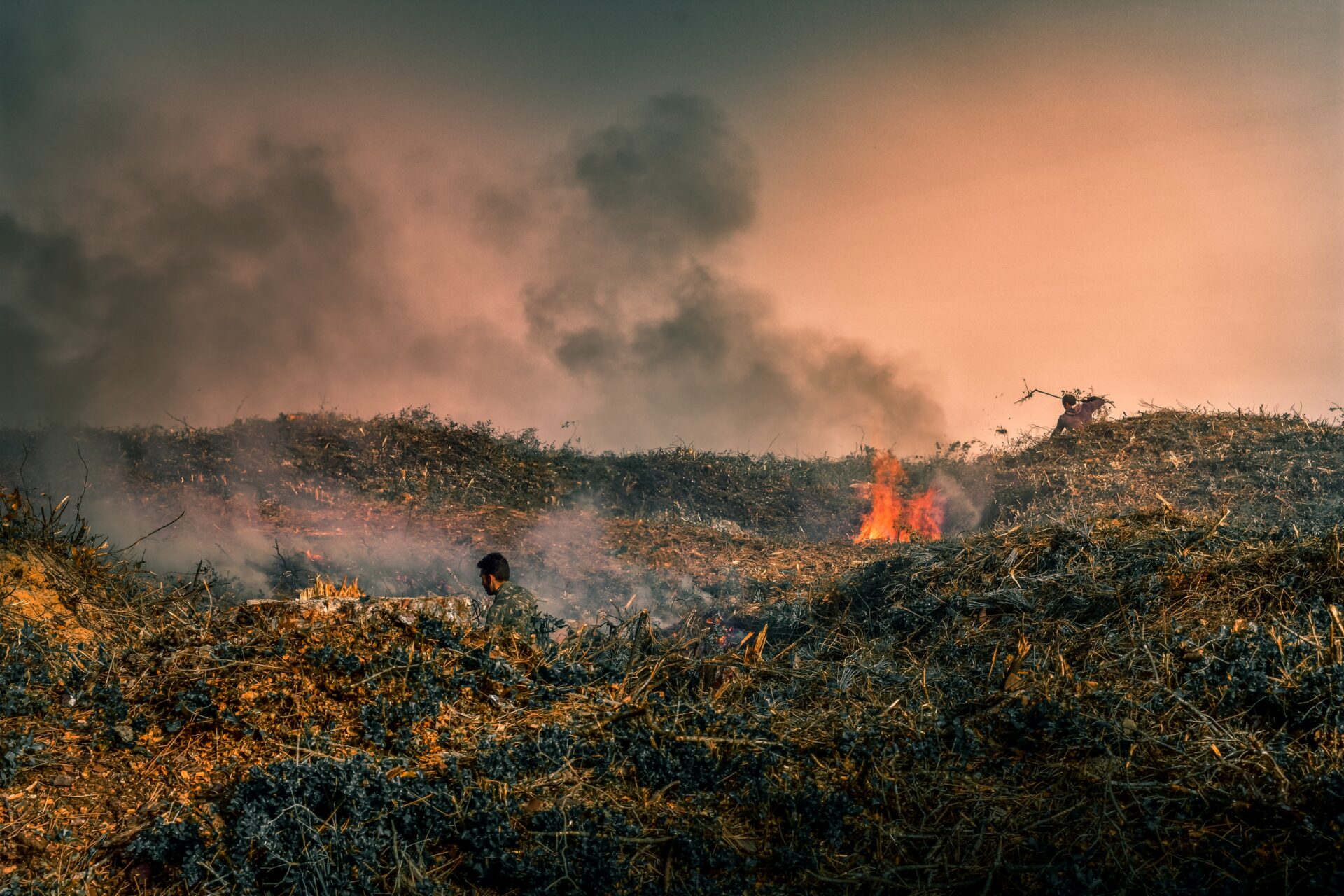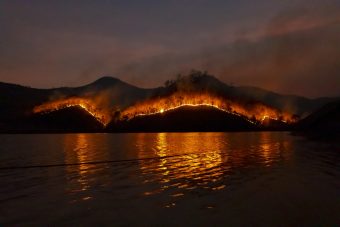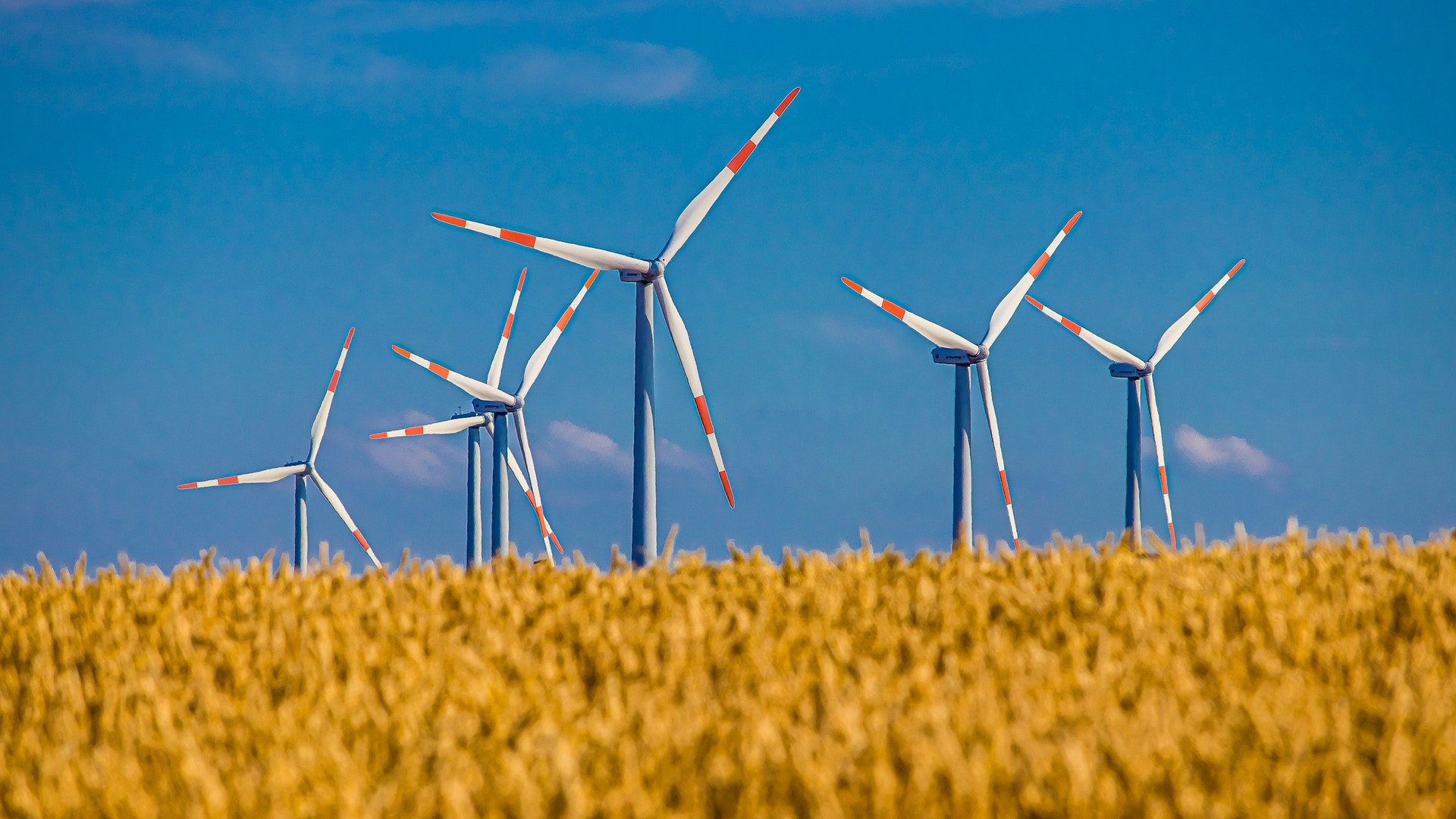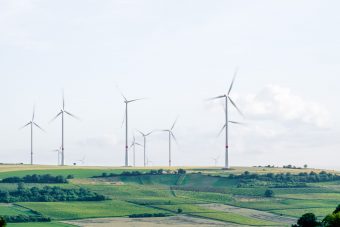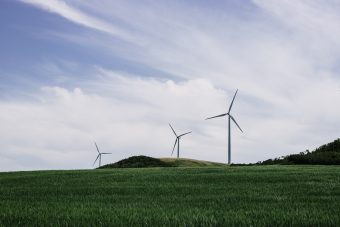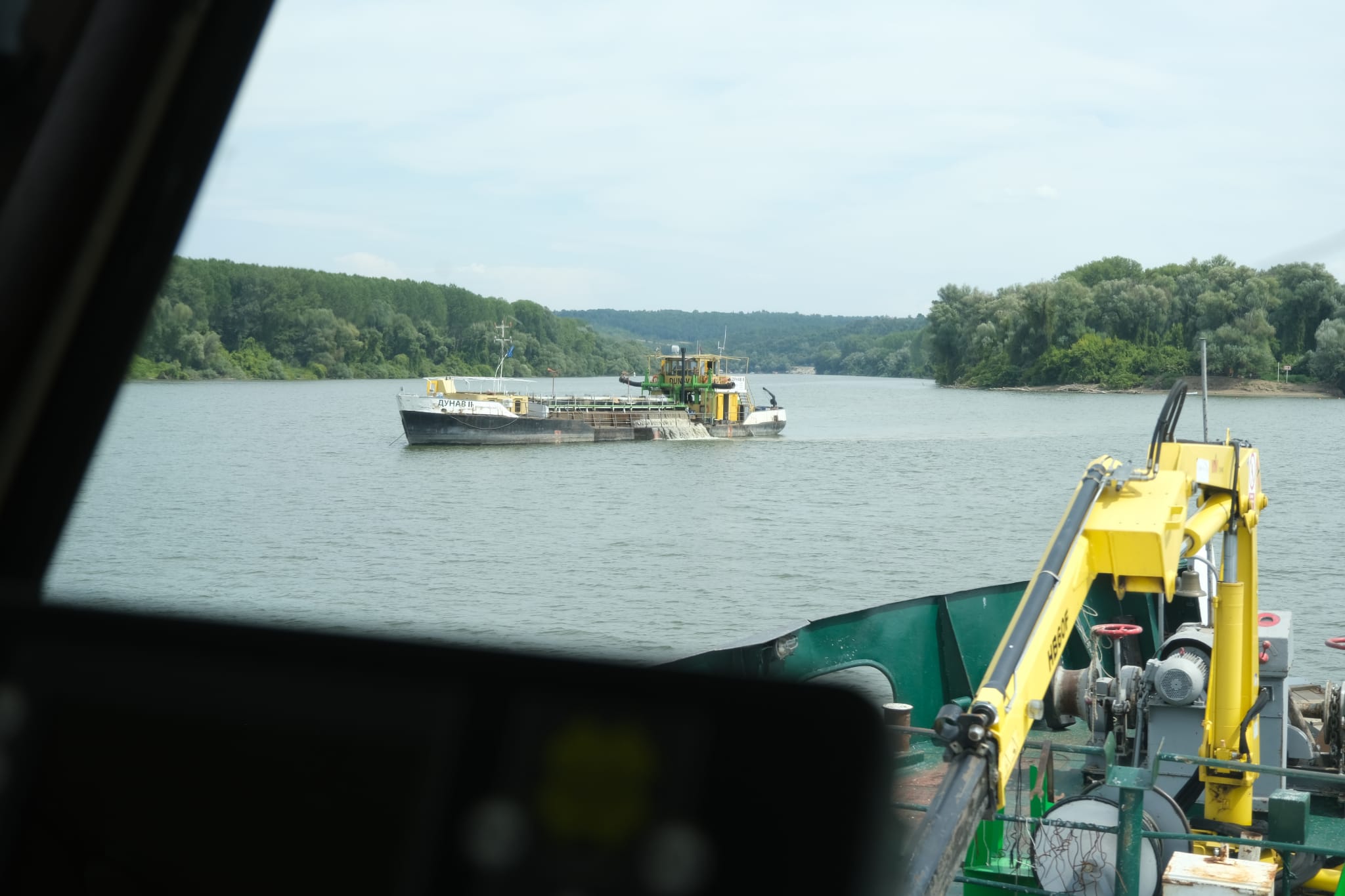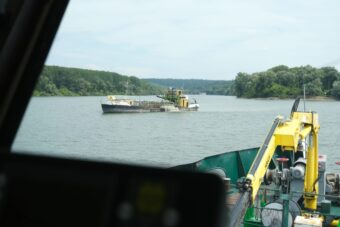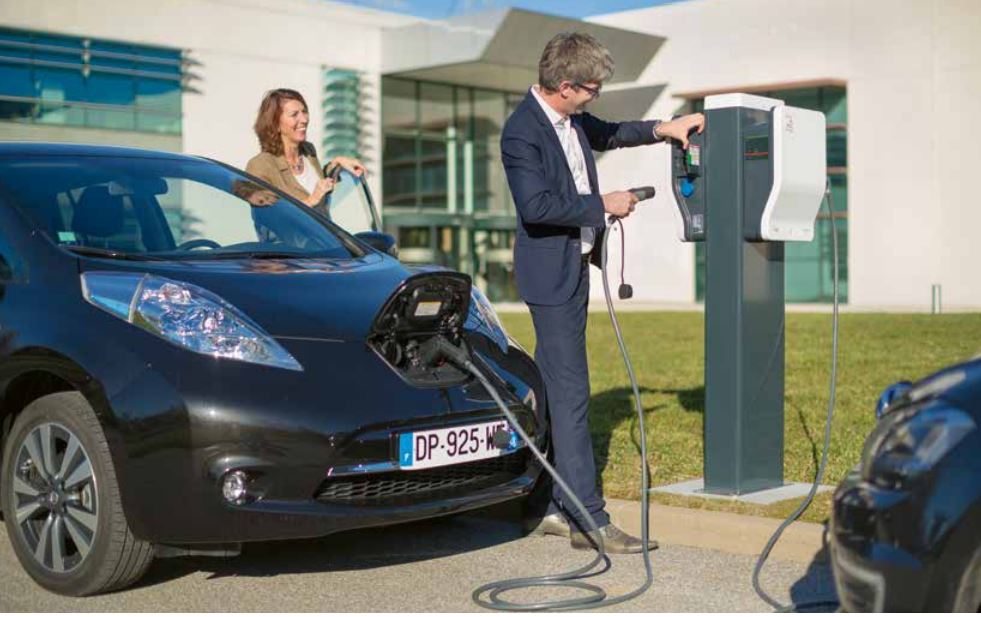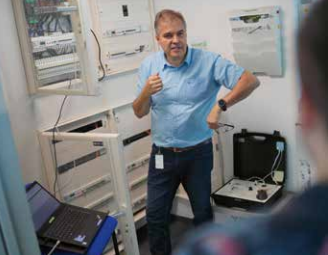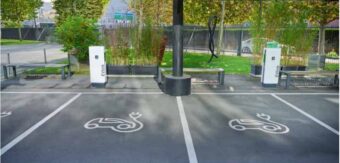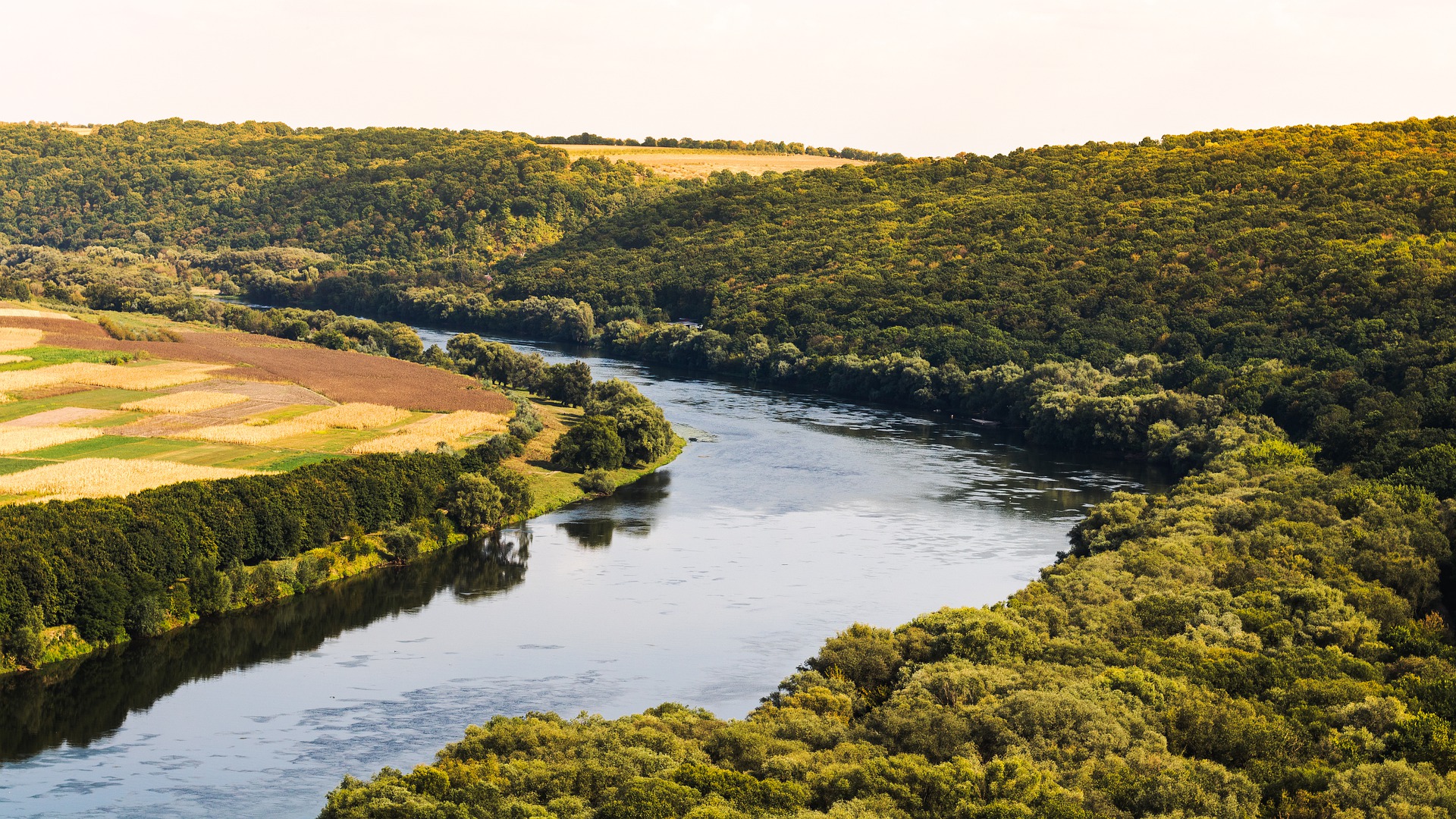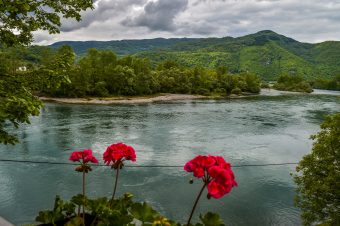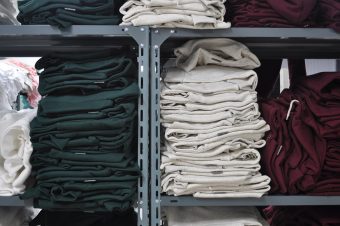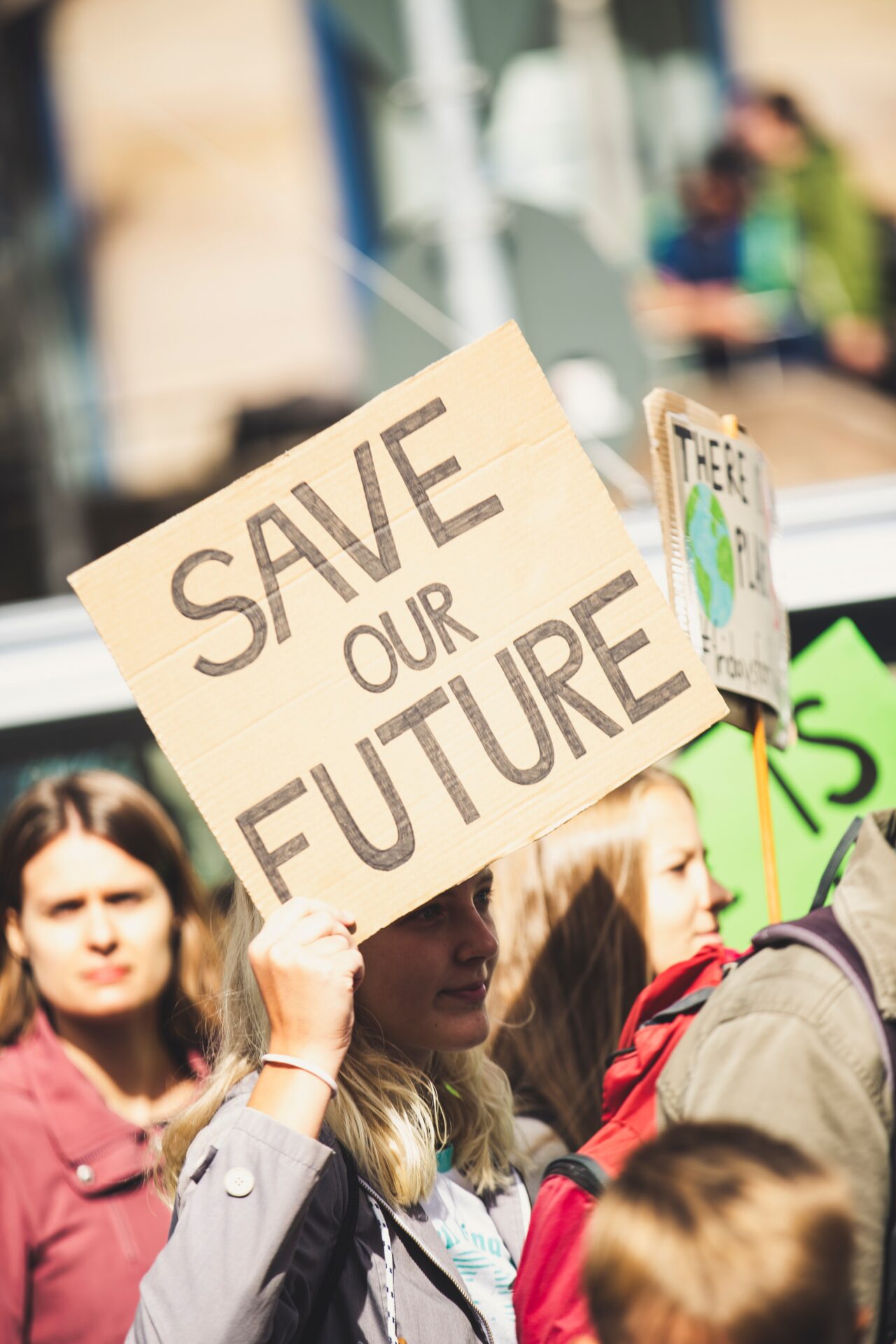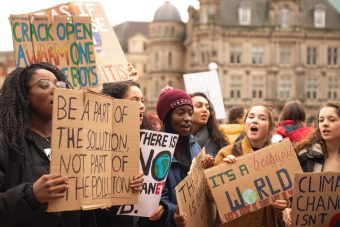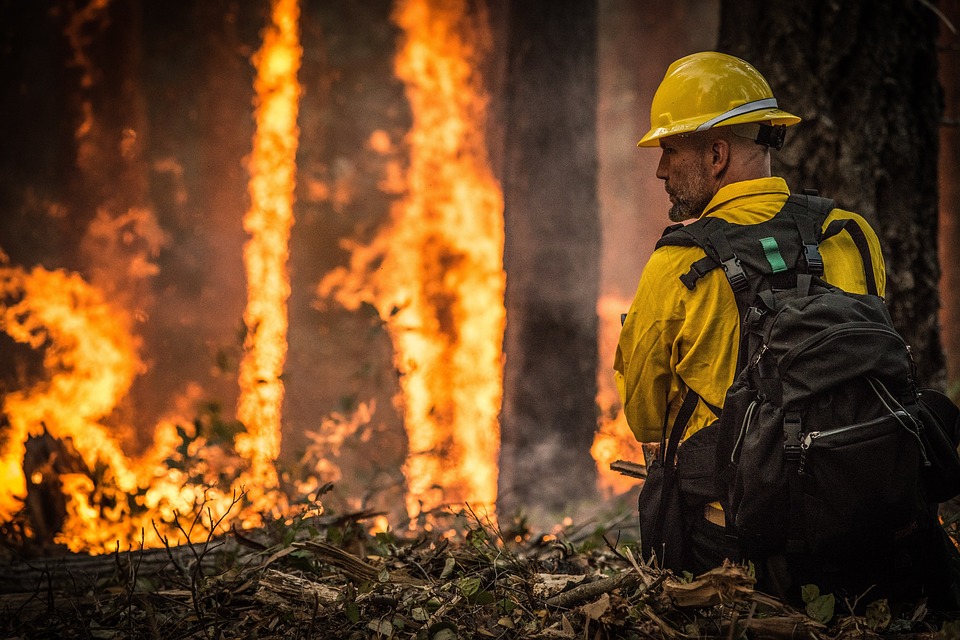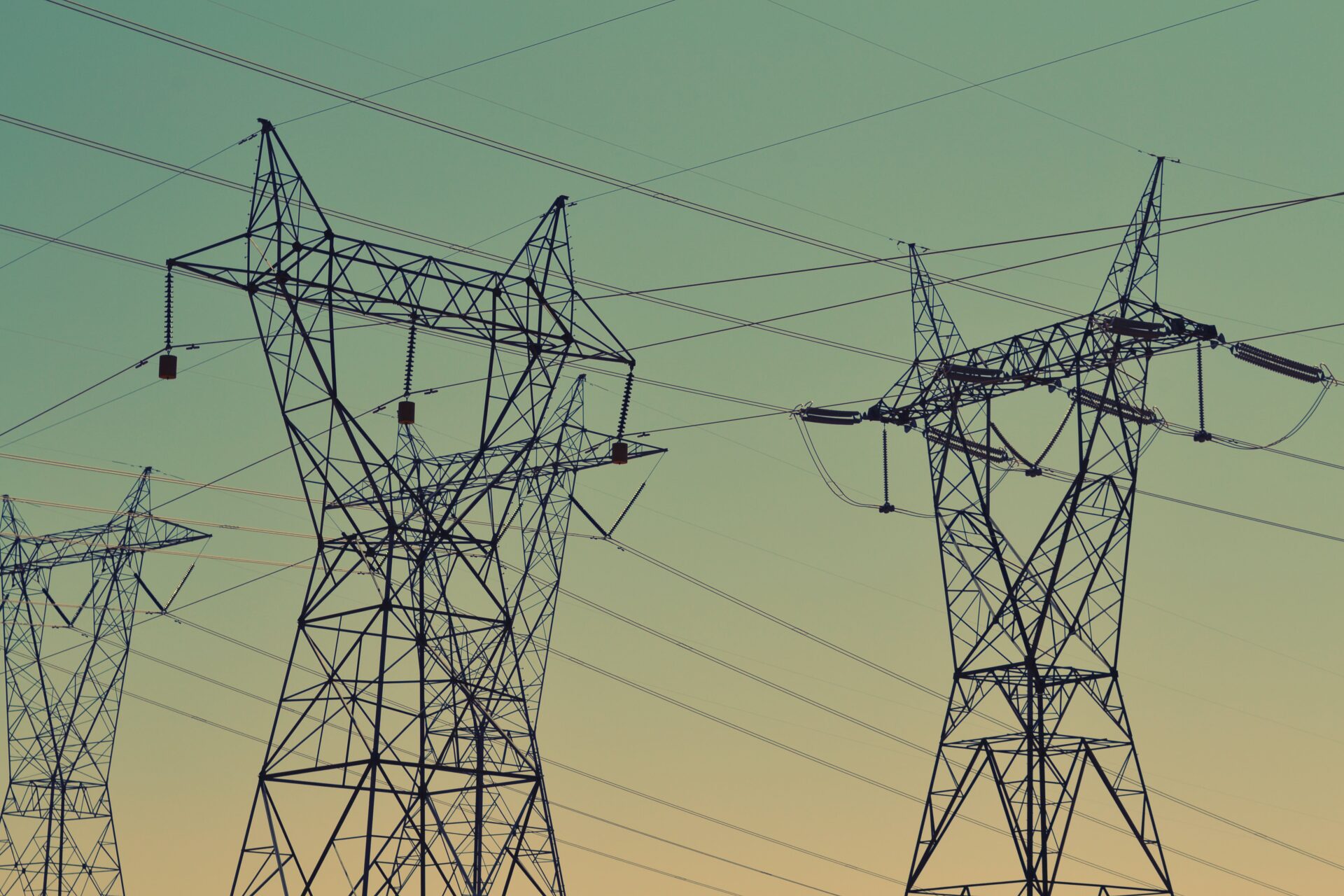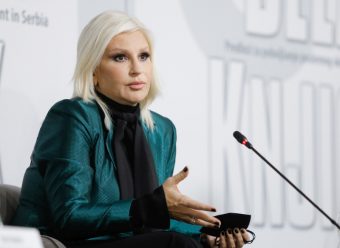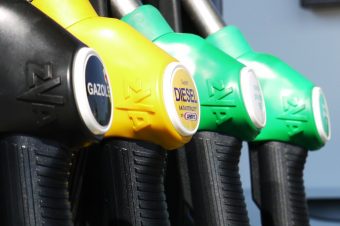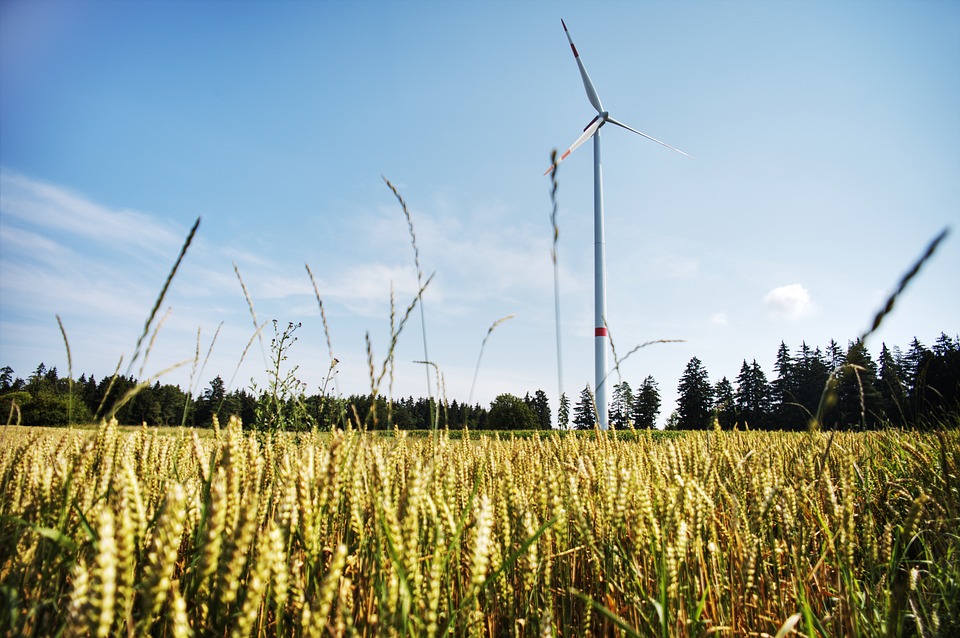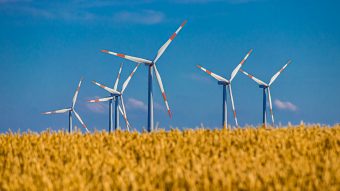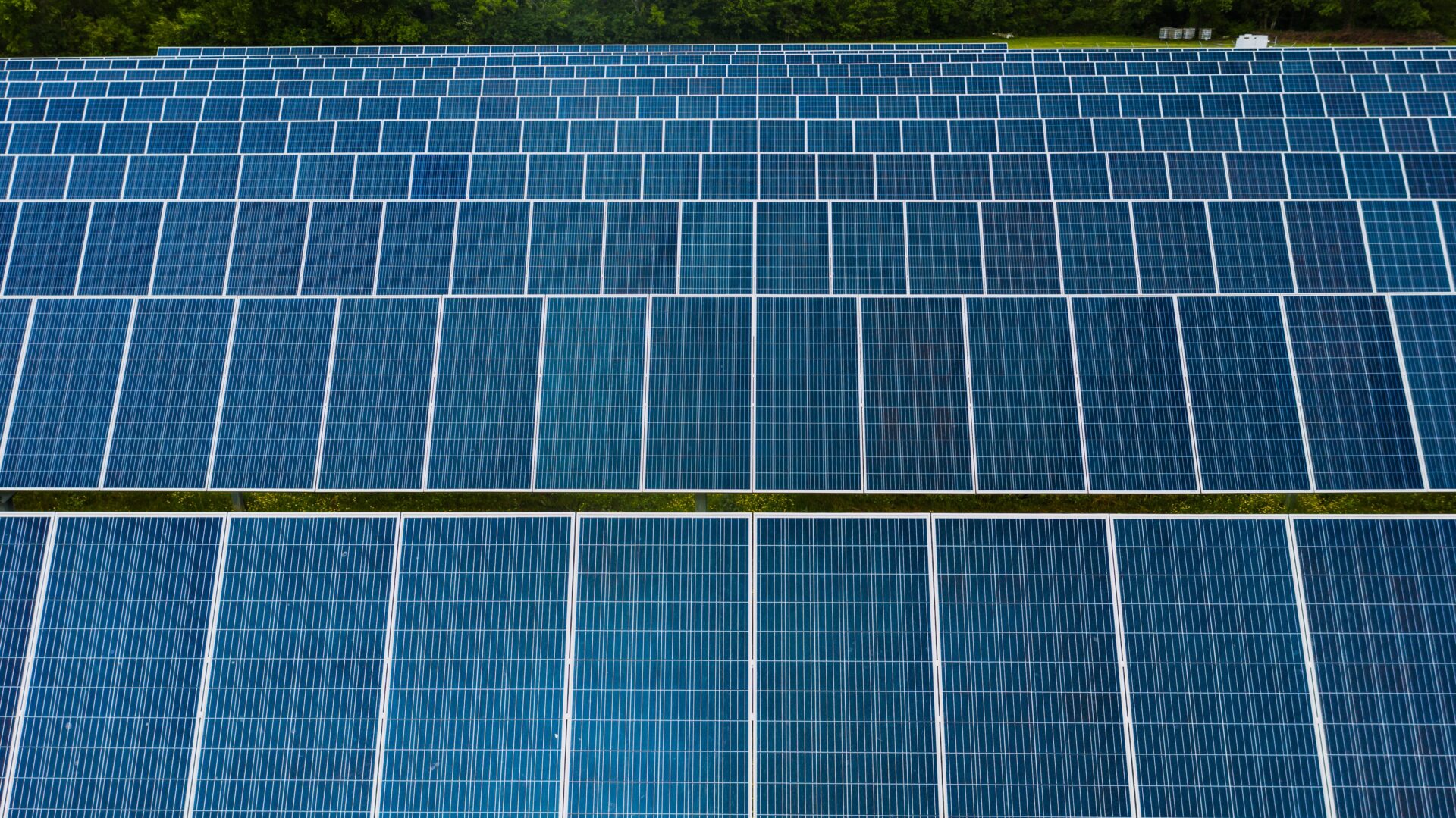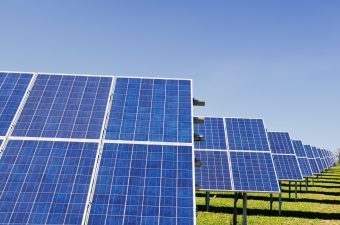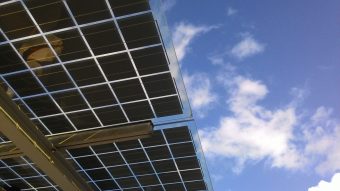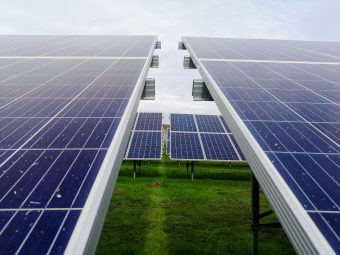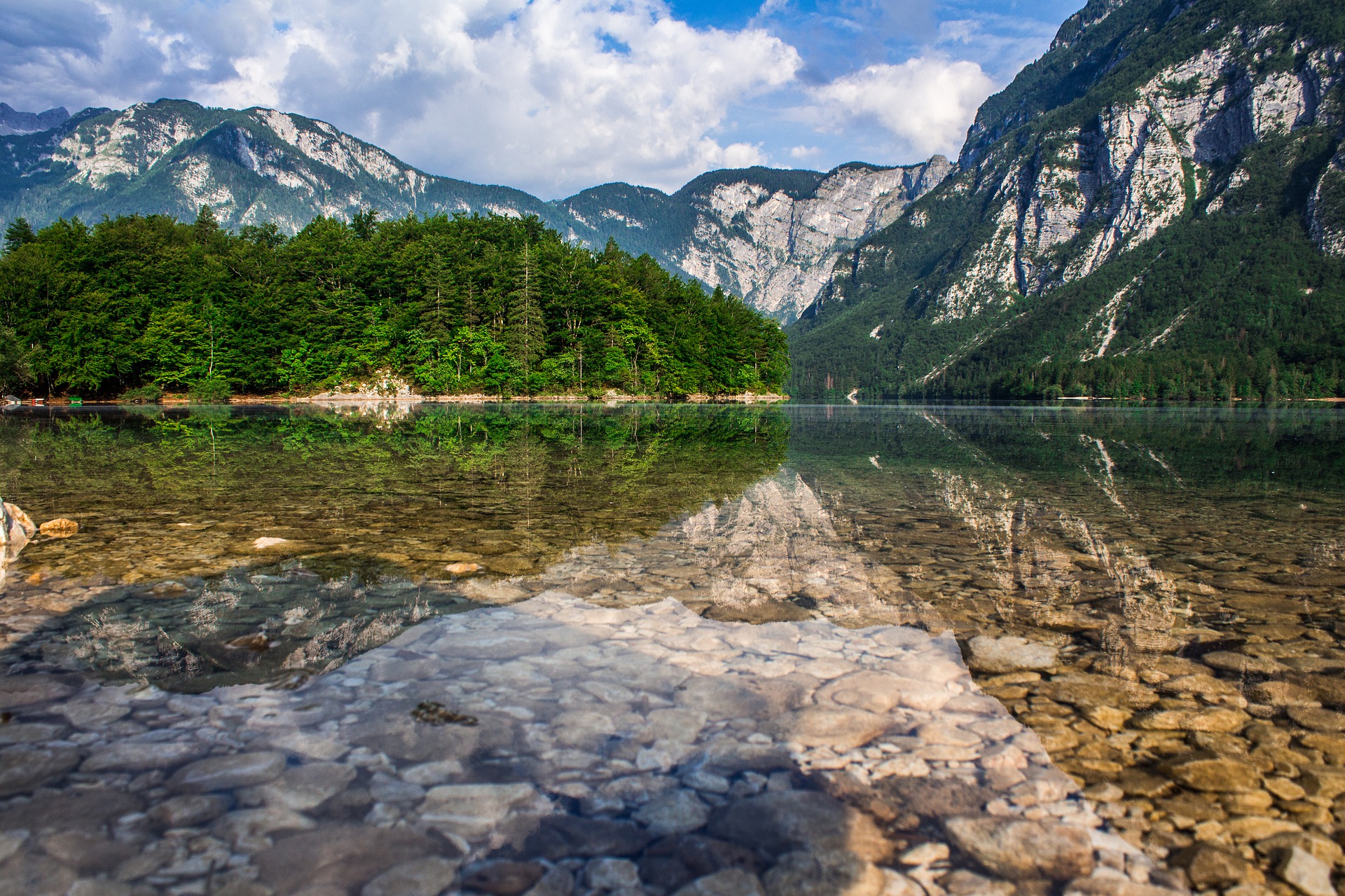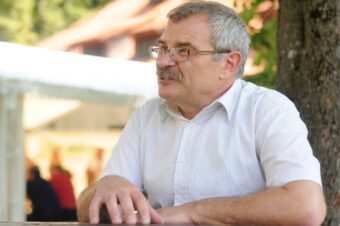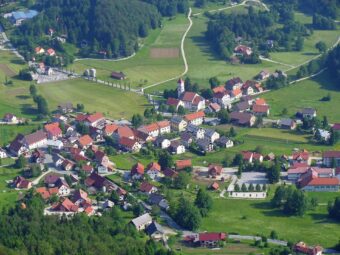
For many countries around the world, from the US and the UK to China and Japan, July was one of the hottest months since global record-keeping began in the 1800s. The global heatwaves sparked deadly wildfires and displaced thousands of residents from their homes.
But as wildfires subside, many countries, especially in Europe, are grappling with air pollution caused by extreme temperatures.
The harmful wedding of charred habitats and lingering smoke poses a significant danger to human and environmental health. Research suggests that wildfire smoke and related air pollution causes over an estimated 33.000 deaths annually and impact the health of hundreds of thousands of people.
To help tackle air pollution, the United Nations Environment Programme (UNEP) is working with partners to find technology and innovation solutions to promote major structural transformations that will enhance environmental sustainability, climate action and pollution prevention.
Experts say, in the years to come, a digital ecosystem of data platforms will be crucial to helping the world understand and combat a host of environmental hazards, from air pollution to methane emissions.
“Various private and public sector actors are harnessing data and digital technologies to accelerate global environmental action and fundamentally disrupt business as usual,” said David Jensen, coordinator of UNEP’s digital transformation task force. “These partnerships warrant the attention of the international community as they can contribute to systemic change at an unprecedented speed and scale,” he added.
A new age
UNEP is contributing to that charge through its Digital Transformation programme and by co-championing the Coalition for Digital Environmental Sustainability as part of the Secretary-General’s Digital Cooperation Roadmap.
UNEP studies show that for 68 percent of the environment-related Sustainable Development Goal indicators, there is not enough data to assess progress. The digital initiatives leverage technology to halt the decline of the planet and accelerate sustainable finance, products, services, and lifestyles.
The Global Environment Monitoring System for Air (GEMS Air) is one of the first digital tools used by UNEP to track the state of the environment in real time at the global, national and local levels.
Run by UNEP and Swiss technology company IQAir, GEMS Air is the largest air pollution network in the world, covering some 5.000 cities. In 2020, over 50 million users accessed the platform and its data is being streamed into digital billboards to alert people about air quality risks in real time. In the future, the program aims to extend this capability directly into mobile phone health applications.
Building on lessons learned from GEMS Air, UNEP has developed three other lighthouse digital platforms to showcase the power of data and digital technologies, including cloud computing, earth observation and artificial intelligence.
More:
Managing freshwater
One is the Freshwater Ecosystem Explorer which provides a detailed look at the state of lakes and rivers in every country on Earth.
The fruit of a partnership between UNEP, the European Commission’s Joint Research Centre and Google Earth Engine, it provides free and open data on permanent and seasonal surface waters, reservoirs, wetlands and mangroves.
“It is presented in a policy-friendly way so that citizens and governments can easily assess what is actually happening to the world’s freshwater resources,” said Stuart Crane, a UNEP freshwater expert. “That helps countries track their progress towards the achievement of Sustainable Development Goal Target 6.6.”
Data can be visualized using geospatial maps with accompanying informational graphics and downloaded at national, sub-national and river basin scales. Data are updated annually and depict long-term trends as well as annual and monthly records on freshwater coverage.

Combating climate change
UNEP is also using data-driven decision making to drive deep reductions in methane emissions through the International Methane Emissions Observatory (IMEO). Methane is a potent greenhouse gas, responsible for at least a quarter of today’s global warming.
The observatory is designed to shine a light on the origins of methane emissions by collecting data from various sources, including satellites, ground-based sensors, corporate reporting and scientific studies.
The Global Methane Assessment published by UNEP and the Climate and Clean Air Coalition (CCAC) found that cutting human-caused methane by 45 percent this decade would avoid nearly 0.3°C of global warming by the 2040s, and help prevent 255.000 premature deaths, 775.000 asthma-related hospital visits, and 26 million tonnes of crop losses globally.
“The IMEO supports partners and institutions working on methane emissions reduction to scale-up action to the levels needed to avoid the worst impacts of climate change,” said Manfredi Caltagirone, a UNEP methane emissions expert.
Through the Oil and Gas Methane Partnership 2.0, the methane observatory works with petroleum companies to improve the accuracy and transparency of methane emissions reporting. Current member companies report assets covering over 30 percent of oil and gas production globally. It also works with the scientific community to fund studies that provide robust, publicly available data
Preserving nature
UNEP is also backing the United Nations Biodiversity Lab 2.0, a free, open-source platform that features data and more than 400 maps highlighting the extent of nature, the effects of climate change, and the scale of human development. Such spatial data help decision-makers put nature at the heart of sustainable development by allowing them to visualize the natural systems that hold back natural disasters, store planet-warming gasses, like carbon dioxide, and provide food and water to billions.
More than 61 countries have accessed data on the UN Biodiversity Lab as part of their national reporting to the Convention on Biological Diversity, an international accord designed to safeguard wildlife and nature. Version 2.0 of the lab was launched in October 2021 as a partnership between UNDP, UNEP’s World Conservation Monitoring Centre, the Convention on Biodiversity Secretariat and Impact Observatory.
All of UNEP’s digital platforms are being federated into UNEP’s World Environment Situation Room, a digital ecosystem of data and analytics allowing users to monitor progress against key environmental Sustainable Development Goals and multi-lateral agreements at the global, regional and national levels.
“The technical ability to measure global environmental change—almost in real time—is essential for effective decision making,” said Jensen. “It will have game-changing implications if this data can be streamed into the algorithms and platforms of the digital economy, where it can prompt users to make the personal changes so necessary to preserving the natural world and achieving net zero.”
Source: UNEP


